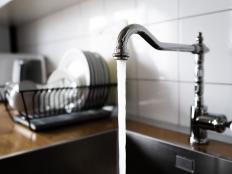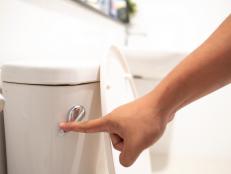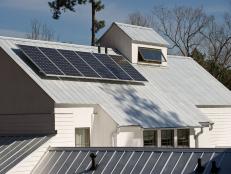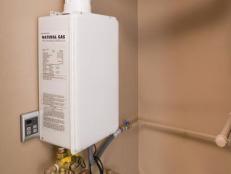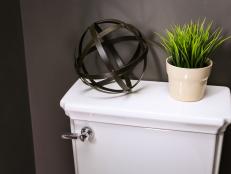Comparing Plastic Piping
There are two main types of plastic pipes for water-supply systems: CPVC and PEX. Here’s a look at each:
CPVC
Chlorinated polyvinyl chloride is a rigid plastic piping that's widely accepted by codes. It's been used in water-supply systems since the late 1950s and continues to work well today. In comparison with other piping materials such as copper, CPVC is very cost-effective. It also takes less time to install than traditional copper plumbing, helping to save on labor costs. Since it's a plastic, CPVC is corrosion-resistant. However, CPVC is not without its faults. Like copper systems, CPVC uses numerous connections, and connections are the most likely place for leaks to occur. In addition, because CPVC is a rigid plastic piping, pressure surges can produce a noticeable banging sound in the pipes known as water hammer.
PEX
Cross-linked polyethylene is a flexible plastic piping that's beginning to make serious headway as a popular material for water-supply systems. PEX was first introduced in Europe in the early 1970s, but it wasn't until the mid-1980s that North America adopted the technology. Here, PEX has been primarily used for radiant floor heating, but it's gained popularity as an excellent material for water-supply systems.
Copper and CPVC are both reliable materials for plumbing systems, but PEX holds several important advantages over them. PEX systems typically require fewer connections, since the piping is available in long coils and is flexible enough to bend around obstructions without the use of connections. Its flexibility helps it absorb energy from pressure surges, helping to eliminate or minimize water hammer. Fewer fittings and a lightweight, flexible nature mean PEX is easy to install, helping to save time during installation. PEX also offers better energy efficiency; it reduces the amount of heat lost from water in the piping, increases the response time of hot water and decreases the amount of energy the water heater uses to deliver hot water. As a plastic, PEX doesn't experience corrosion or pitting, so maintenance and repair costs are minimal.
Despite these advantages, many plumbers remain wary of trading copper for PEX, because of issues that arose during the 1980s and '90s with another plastic: polybutylene (PB). PB's fittings deteriorate when exposed to the oxidants in water supplies, causing the system to weaken and potentially fail. PB plumbing systems typically experience problems with leaky fittings and premature deterioration. These issues eventually led to a large class-action lawsuit, and PB is no longer used in water-supply systems. Although PEX is also a plastic, it doesn't encounter any of the problems that occur with PB. With PEX, the individual molecules are permanently linked. Cross-linking the molecules creates a durable, stable and reliable material that's excellent for water-supply systems.






